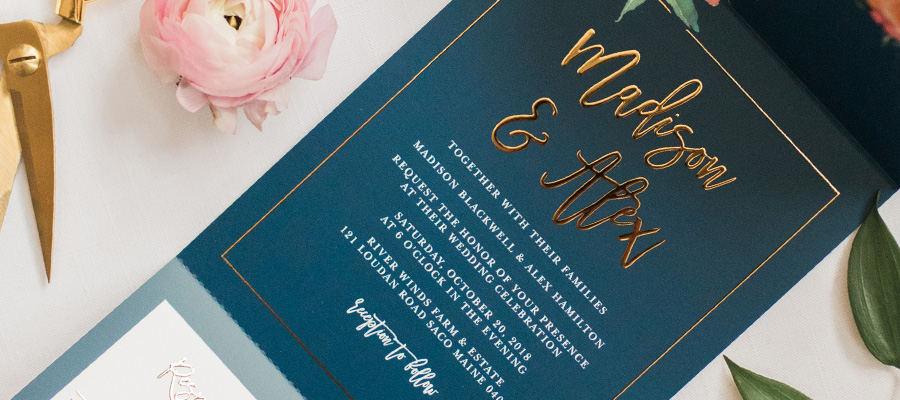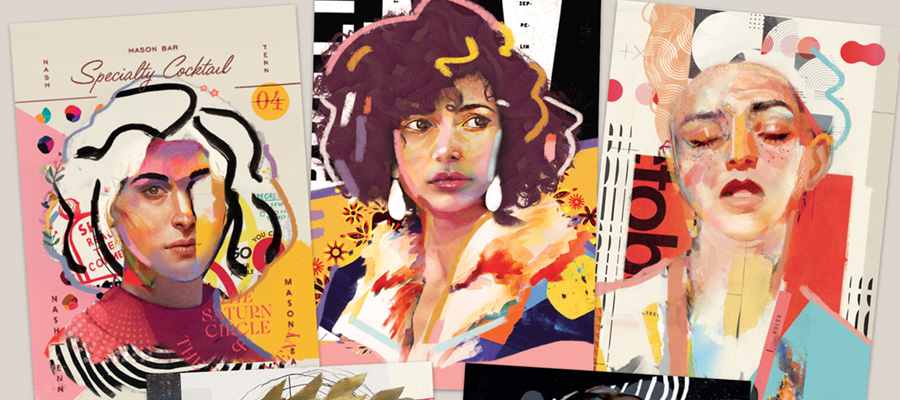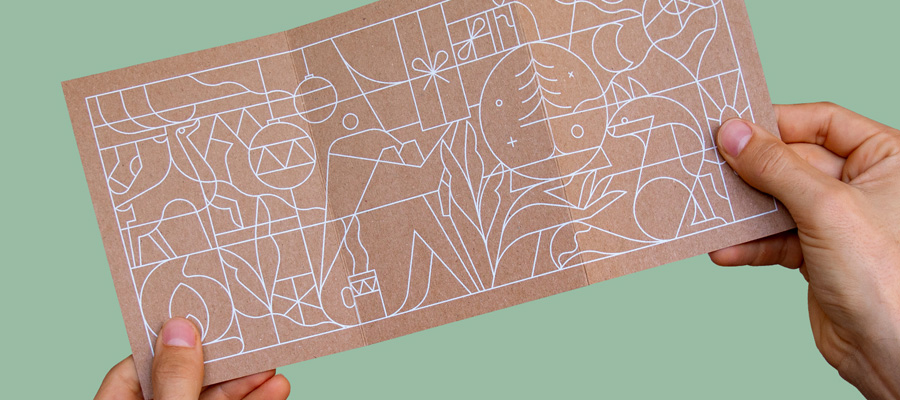The good old trusted t-shirt is one of the most versatile items in people’s wardrobes, and they are worn by men and women of all ages, shapes and sizes all around the world. It is an item of fashion that has influenced people and culture the world over, and is one of the most powerful garments that a person can wear in terms of the message it can deliver.

As an item of clothing, the t-shirt has not been around for that long, and dates back to the late 1890s when the first pieces were invented. It wasn’t until 1913 that they became a staple of clothing for men as they were issued by the U.S. Navy as an undershirt to be worn underneath the uniform.
It was in the 1950s that the t-shirt took on a whole new role in terms of clothing, and went from simply being an undergarment to a piece of stand-alone clothing, worn by movie greats such as James Dean and Marlon Brando, who many people refer to as the founding fathers of this legendary item of clothing.
Printed t-shirts started appearing during the 1960s, but it was not until the following decade that the t-shirt became a power medium for promoting a message, logo or brand. To distinguish different brands of t-shirt, they soon started to include hang tags for clothing, and this led to the birth of the label for t-shirts.
There are many factors that play a role in determining if a T-shirt is commercially successful or not. Quality, message, style and design are all important elements, and special attention should be paid to these if you are in the industry of creating and designing T-shirts.
Determining your Audience
The first question you need to ask is who your audience is. Are they people attending a rock concert? Are they young adults who enjoy sports and outdoor activities? Are they middle-aged women who simply want something comfortable to wear around the house?
Unless you know who your target audience is, you will have trouble in creating a successful t-shirt that will sell. Is your audience one that will be passionate about wearing your designs, or will you have trouble in getting people to take a look at what you are offering? Once you have determined who your t-shirt is to be marketed to, then you can start looking at some of the other important factors.
What Type of T-Shirt do you Plan to Make
Though the t-shirt is fairly standard is what it does, there are actually a number of different designs and styles, so once you’ve determined the audience for your t-shirt, you next have to decide what type of t-shirt you will make.
Will you go for the classic round-neck and short sleeves design, which is pretty much the industry standard. Or will you be mixing it up a little, and going for a polo-neck style, or maybe a v-neck. Will you use short or long sleeves? If your t-shirt is going to be released during the winter months, maybe a long sleeve design will be the better option.
There are pros and cons to each type of t-shirt, so it is important you’ve taken proper consideration into the type you will use for your project.
The Fabric and the Quality
Once you’ve decided on the type of t-shirt you will use, you then need to determine what type of fabric you want. Will you go for a high quality fabric that will retain its comfort and shape after multiple trips in the washing machine, or are you looking for a cheaper option?
The type of fabrics that you use and it’s texture will play a huge role in any printing that you plan to do on the shirt. Different textures and fabrics will react differently to printing, so you will need to make sure that the fabric you select is the best option for the type of printing you will do. For example, cotton is the best fabric to use for screen-printing on a t-shirt, while polyester is a much better fabric for transfer printing.
If you are outsourcing the production of the t-shirt, then it will be a good idea to look for a label maker for clothes, so that your t-shirts can have your own branded labels in them, rather than something generic. Use the label for increased promotion of your brand or project.
A Simple or Complicated Design
Depending on your audience, you will need to know whether your design is going to be a simple one that maybe only uses one of two colours, or are you planning on going with a very complicated design that will need a range of different colours and maybe even multiple printing.
What may look great on paper may actually not look so great once it’s printed on a t-shirt. Don’t forget that t-shirts can get creased and wrinkled, so you’ll want to make sure that your design is not suddenly mutated and look awful once it’s being worn.
Choosing the Right Colours
In addition to the design of the t-shirt, another important aspect are the colours that you will use. These include the colour of the actual t-shirt, as in a lot of cases, the t-shirt won’t be the classic white colour, but can be anything from black to turquoise.
Then come the colours that you will use on the actual design. The most important aspect of the colours is the combination between the print and the t-shirt. You need to be sure that the colours of the design will complement the colour of the t-shirt, rather than having the totally wrong colour scheme, such as a red printed design on a blue coloured t-shirt.
Use a Professional for the Printing Process
If you have spent a lot of time and money during the design and concept stage and are now ready to go into production, one of the worst mistakes you can make it by picking any random firm or person to print your t-shirts. You want to have them produced professionally by someone who knows what they are doing.
Having a badly printed t-shirt can be the death kneel for the success of your project. It does not matter if you are using the highest quality fabrics for the t-shirt, or you have the greatest ever design, if the finished article is poorly produced, you have literally put a stop to any chance of success.























Comments